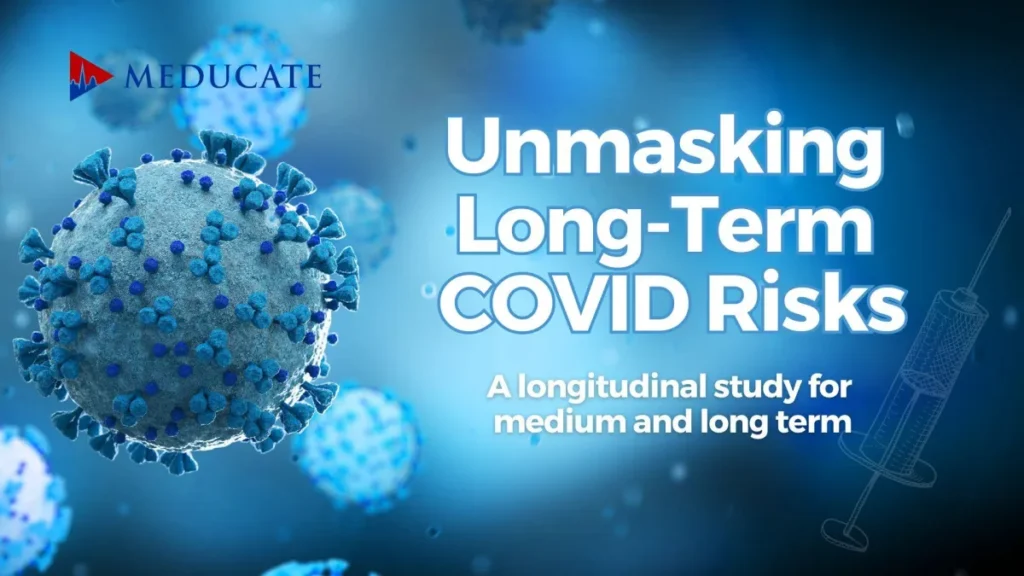Patient Safety and Preventing Avoidable Deaths
Understanding Martha’s Rule: A Transformative Step in Patient Safety
Martha’s Rule is rapidly gaining attention within the healthcare community for its profound impact on preventing avoidable deaths. For those unfamiliar, the scheme empowers patients and their families to request an urgent review by a critical-care outreach team when they feel their concerns are not being adequately addressed. Named after Martha Mills, a 13-year-old who tragically passed away from sepsis due to missed opportunities for intervention, the rule has emerged as a beacon of change in patient safety protocols across England.
This blog explores the inception, early successes, and broader implications of Martha’s Rule, compares it to similar systems in Australia, and discusses its potential to reduce preventable deaths in healthcare settings.
The Origins of Martha’s Rule
Martha Mills’s tragic death in 2021 was a preventable outcome, as an inquest revealed. Martha had been admitted to King’s College Hospital in London following a cycling accident that injured her pancreas. Despite clear signs of infection escalating to sepsis, a timely change in her care plan was overlooked. Her mother, Merope Mills, transformed her grief into action, campaigning tirelessly to ensure no other family endures a similar loss.
![]()
The initiative has been adopted by 143 NHS hospitals across England, allowing patients and families to directly escalate their concerns through a dedicated phone line. This bypasses bureaucratic hurdles, enabling critical-care teams to intervene promptly. Early data show that one in eight calls has led to potentially life-saving treatment changes, emphasising the scheme’s effectiveness.
The Early Successes of Martha’s Rule
Since its rollout, Martha’s Rule has demonstrated a transformative effect on patient safety. Between September and October, NHS England reported 573 calls made under the scheme. Of these:
286 (50%) resulted in critical-care reviews.
57 cases required significant treatment changes, including antibiotics and oxygen therapy.
14 patients were transferred to intensive care.
These figures underscore the power of Martha’s Rule in addressing gaps in care before they escalate into life-threatening situations. Notably, initial concerns that patients might misuse the system have proven unfounded. Instead, the data reflect responsible use, with calls leading to appropriate and timely interventions.
Preventable Deaths: A Global Challenge
The urgency of Martha’s Rule becomes even more apparent when contextualised against broader statistics. The Institute of Global Health Innovation estimates over 15,000 preventable deaths in the UK annually. Many of these could be avoided through timely escalation of care. By empowering patients and families, Martha’s Rule directly addresses this critical gap.
Dr. Henrietta Hughes, Patient Safety Commissioner for England, and Professor Sir Stephen Powis, NHS National Medical Director, have both praised the scheme for its potential to revolutionize patient care. Expanding the program nationally could significantly reduce preventable deaths, aligning with global efforts to enhance patient safety.
Comparing Martha’s Rule to Australian Initiatives
While Martha’s Rule is a pioneering approach in the UK, Australia has implemented similar patient-centric frameworks to improve healthcare outcomes. For example:
Ryan’s Rule (Queensland): This law allows patients, families, and carers to request a clinical review if they feel their health concerns are not being adequately addressed. Named after Ryan Saunders, a child who died from a treatable condition, the rule operates similarly to Martha’s Rule by providing a direct escalation pathway.
REACH (New South Wales): The Recognise, Engage, Act, Call, Help framework empowers patients and families to initiate a review by an independent clinical team if their concerns remain unresolved. Posters and educational materials ensure the program is accessible to all patients.
Second Opinion Rights: Across Australia, patients can request a second medical opinion, a principle enshrined in healthcare legislation. While not as immediate as escalation schemes like Martha’s Rule, this provision ensures patients have recourse to challenge or clarify their treatment plans.
Both Ryan’s Rule and REACH reflect similar philosophies to Martha’s Rule, emphasizing patient empowerment and proactive care escalation. Comparing the schemes highlights the global recognition of the need for responsive healthcare systems.
Challenges and Opportunities
Despite its promising early results, the full implementation of Martha’s Rule faces challenges. Expanding the scheme to all NHS hospitals requires significant funding and resources. Training staff, standardising protocols, and maintaining public awareness are critical components for scaling the program effectively.
Additionally, integrating Martha’s Rule into existing hospital workflows without overwhelming critical-care teams is a delicate balance. Lessons from Australian initiatives like Ryan’s Rule—which emphasise clear guidelines and robust communication—can inform the UK’s approach to national rollout.
The Road Ahead: Scaling and Sustaining Impact
The expansion of Martha’s Rule is already underway, with NHS England planning further developments in 2025 and 2026. These efforts aim to adapt the scheme based on evaluations from pilot hospitals, ensuring it meets the diverse needs of healthcare providers and patients.
Merope Mills has called for consistent branding and public education to make Martha’s Rule as recognisable as emergency numbers like 999 and 111. Posters and leaflets in hospitals could play a crucial role in normalising the scheme, making it an integral part of patient care.
Conclusion: A Blueprint for Safer Healthcare
Martha’s Rule represents a significant step forward in addressing preventable deaths. By empowering patients and families, the scheme bridges critical gaps in communication and care, saving lives in the process. Its early success underscores the importance of listening to patients and learning from past mistakes.
For healthcare professionals, the implementation of Martha’s Rule is a reminder of the power of patient-centred care. By fostering a culture of responsiveness and accountability, we can ensure better outcomes for all.
As the UK and Australia continue to refine their approaches, these initiatives serve as blueprints for other countries seeking to enhance patient safety. Together, they represent a global shift towards more equitable, transparent, and effective healthcare systems.


 Login
Login









